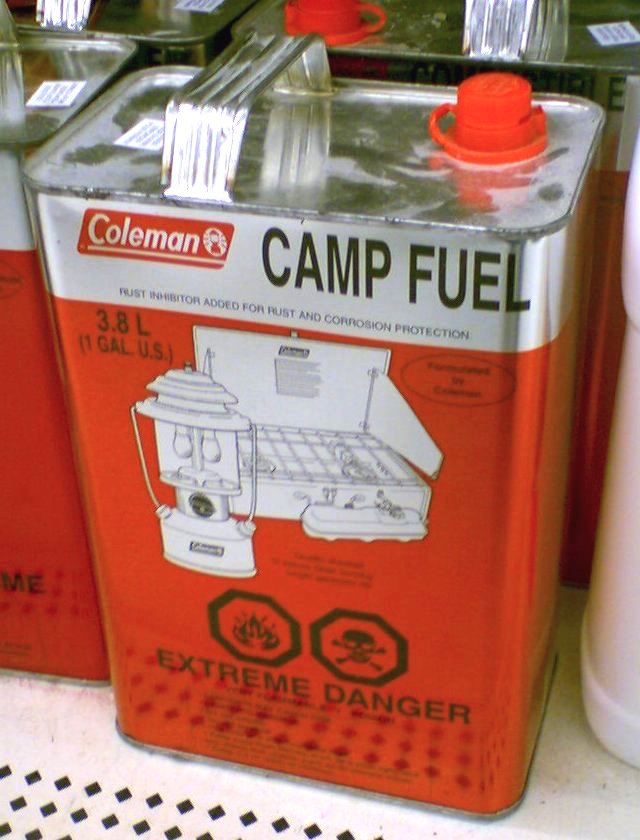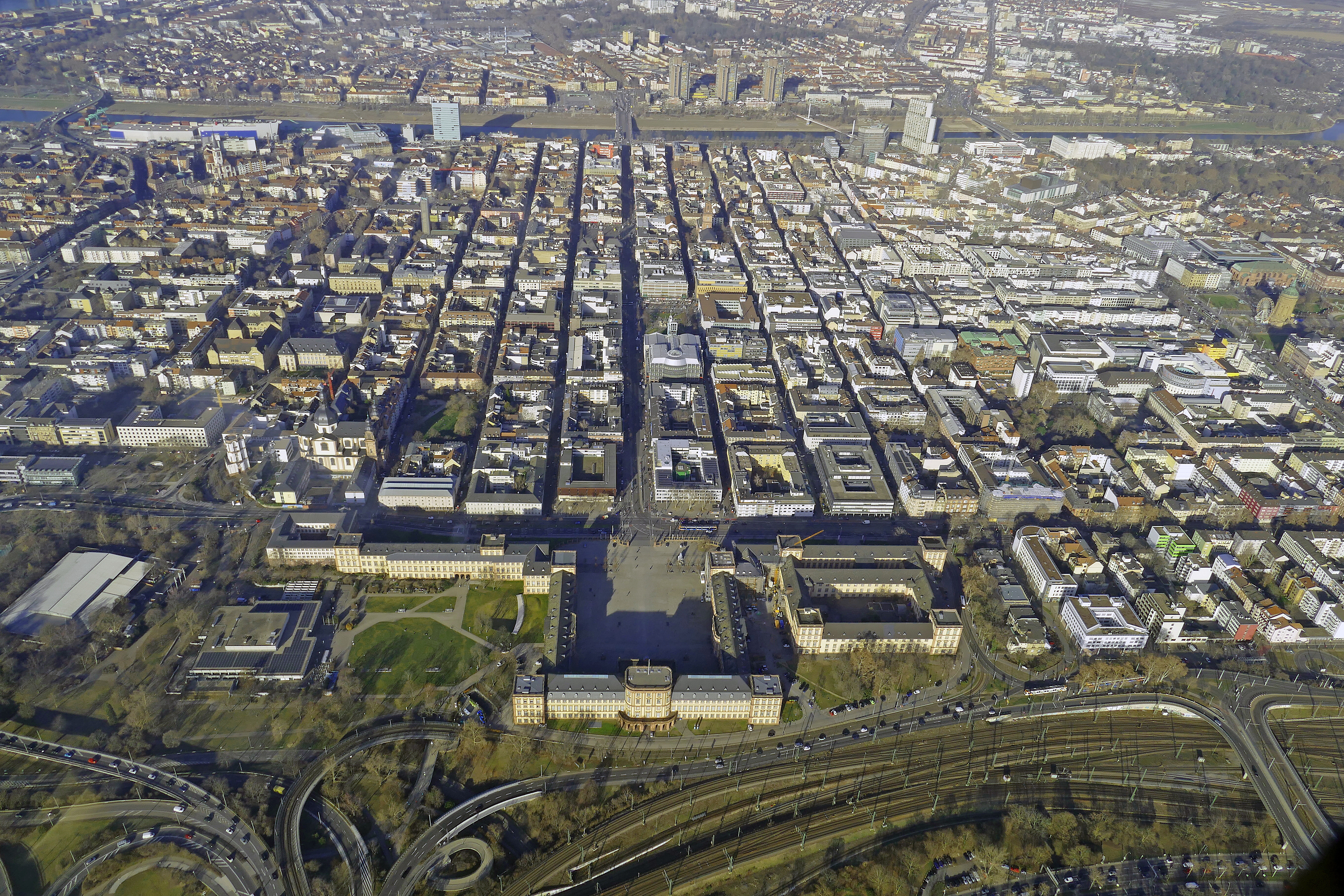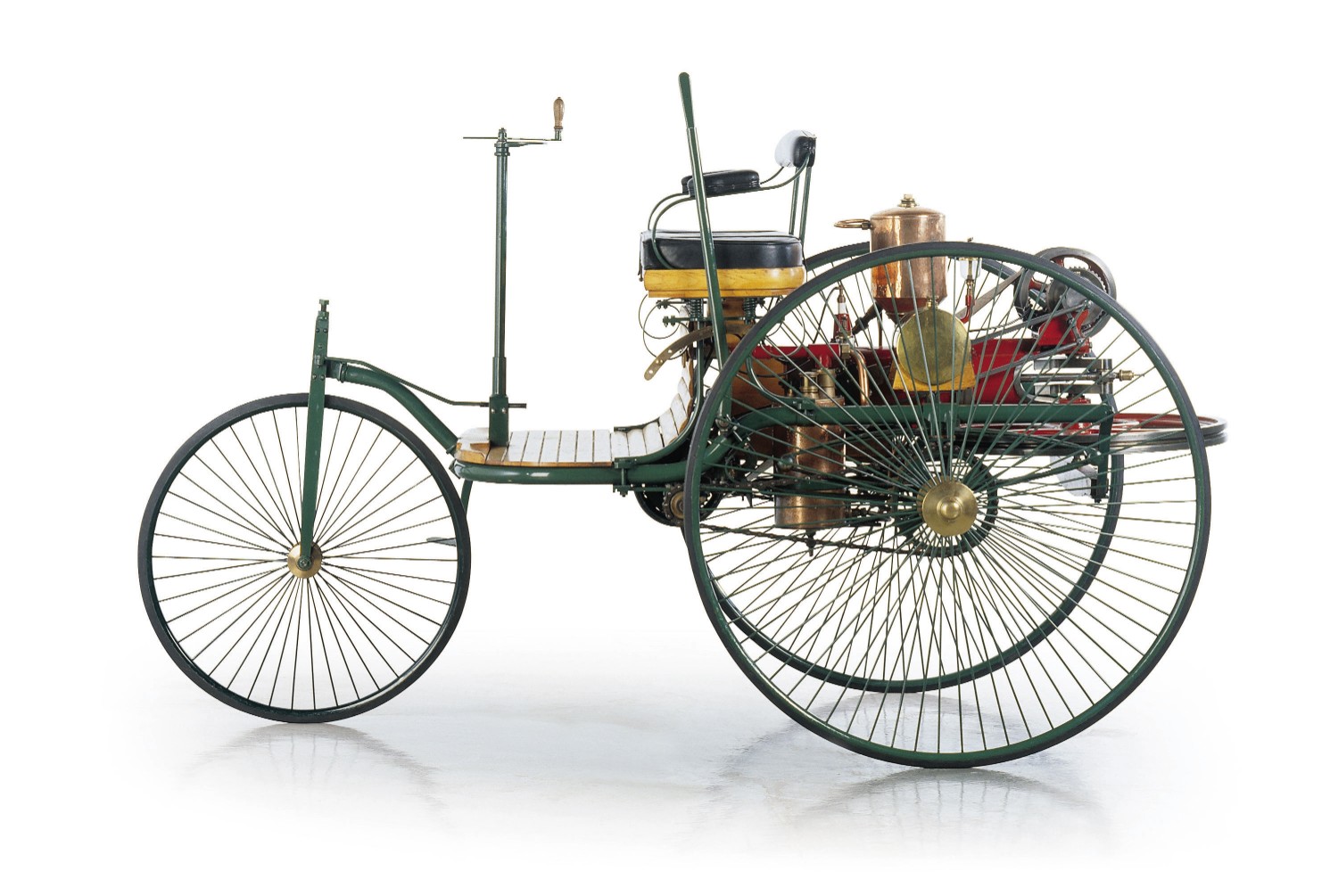|
Ligroin
Ligroin is the petroleum fraction consisting mostly of C7 and C8 hydrocarbons and boiling in the range 90‒140 °C (194–284 °F). The fraction is also called heavy naphtha. Ligroin is used as a laboratory solvent. Products under the name ligroin can have boiling ranges as low as 60‒80 °C and may be called light naphtha. The name ''ligroin'' (or ''ligroine'' or ''ligroïne'') appeared as early as 1866.The name "ligroin" was coined in the United States: * From p. 349: ''"Ligroine; der in Amerika erfundene Name für einen der flüchtigeren Teile des rohen Petroleums, … "'' (Ligroin: the name that was coined in America for one of the more volatile parts of crude petroleum, … ) Early use in English: * From p. 389: "Dr. Van der Weyde then exhibited some samples of the products of distillation of tar, and a safety-lamp for burning the lighter hydro-carbons, which is mainly a reproduction of the "Ligroine" lamp invented and put into the market first by C. Schreibe ... [...More Info...] [...Related Items...] OR: [Wikipedia] [Google] [Baidu] |
Naphtha
Naphtha ( or ) is a flammable liquid hydrocarbon mixture. Mixtures labelled ''naphtha'' have been produced from natural gas condensates, petroleum distillates, and the distillation of coal tar and peat. In different industries and regions ''naphtha'' may also be crude oil or refined products such as kerosene. ''Nephi'' and ''naphthar'' are sometimes used as synonyms. It is also known as Shellite in Australia. Etymology The word ''naphtha'' is from Latin and Ancient Greek (νάφθα), derived from Middle Persian ''naft'' ("wet", "naphtha"), the latter meaning of which was an assimilation from the Akkadian ''napṭu'' (see Semitic relatives such as Arabic ''nafṭ'' petroleum" Syriac ܢܰܦܬܳܐ ''naftā'') and Hebrew נֵפְט ''neft'' (meaning petroleum). In Ancient Greek, it was used to refer to any sort of petroleum or pitch. There is a hypothesis that the word is connected with the name of the Indo-Iranian god Apam Napat, which occurs in Vedic and in Ave ... [...More Info...] [...Related Items...] OR: [Wikipedia] [Google] [Baidu] |
Wiesloch
Wiesloch (, locally ; South Franconian: ''Wissloch''), is a town in northern Baden-Württemberg, Germany. It is situated 13 kilometres south of Heidelberg. After Weinheim, Sinsheim and Leimen it is the fourth largest town in the Rhein-Neckar-Kreis. It shares Wiesloch-Walldorf station with its neighbouring town Walldorf. Also in the vicinity of Wiesloch are Dielheim, Malsch (bei Wiesloch), Mühlhausen, Rauenberg and Sankt Leon-Rot. Wiesloch's population grew to more than 20,000 when the administration of the area was reorganised in the 1970s. Wiesloch became a ''Große Kreisstadt'' on 1 January 1973, when Altwiesloch, Baiertal, Frauenweiler and Schatthausen were amalgamated with Wiesloch to form the present municipality. History The settlement that is now Wiesloch town centre originated during the expansion of silver mining in the vicinity in the 10th century. Fossil site The fossil remains of the oldest hummingbird found to date, '' Eurotrochilus inexpectatus'', ... [...More Info...] [...Related Items...] OR: [Wikipedia] [Google] [Baidu] |
Bertha Benz
Bertha Benz (; ; 3 May 1849 – 5 May 1944) was a German automotive pioneer and inventor. She was the business partner and wife of automobile inventor Carl Benz. On 5 August 1888, she was the first person to drive an internal-combustion-engined automobile over a long distance, field testing the Benz Patent-Motorwagen, inventing brake lining and solving several practical issues during the journey of 105 km (65 miles). In doing so, she brought the Patent-Motorwagen worldwide attention and got the company its first sales. Early life and marriage Cäcilie Bertha Ringer was born on 3 May 1849 to a wealthy family in Pforzheim in the Grand Duchy of Baden. Two years before her marriage to Carl Benz, she used part of her dowry to invest in his failing iron construction company. As an unmarried woman, she was able to do so; after she married Benz, according to German law, Bertha lost her legal power to act as an investor. On 20 July 1872, Bertha Ringer married Carl Benz. As he mo ... [...More Info...] [...Related Items...] OR: [Wikipedia] [Google] [Baidu] |
Petroleum Ether
Petroleum ether is the petroleum fraction consisting of aliphatic hydrocarbons and boiling in the range 35–60 °C, and commonly used as a laboratory solvent. Despite the name, petroleum ether is not classified as an ether; the term is used only figuratively, signifying extreme lightness and volatility. Properties The very lightest, most volatile liquid hydrocarbon solvents that can be bought from laboratory chemical suppliers may also be offered under the name petroleum ether. Petroleum ether consists mainly of aliphatic hydrocarbons and is usually low on aromatics. It is commonly hydrodesulfurized and may be hydrogenated to reduce the amount of aromatic and other unsaturated hydrocarbons. Petroleum ether bears normally a descriptive suffix giving the boiling range. Thus, from the leading international laboratory chemical suppliers it is possible to buy various petroleum ethers with boiling ranges such as 30–50 °C, 40–60 °C, 50–70 °C, 60–80&nb ... [...More Info...] [...Related Items...] OR: [Wikipedia] [Google] [Baidu] |
Petroleum Benzine
Petroleum benzine is a hydrocarbon-based solvent mixture that is classified by its physical properties (e.g. boiling point, vapor pressure) rather than a specific chemical composition. This complicates distinction within the long list of petroleum distillate solvent mixtures: mineral spirits, naphtha, petroleum naptha, white gas, white spirits, turps substitute, mineral turpentine, petroleum ether, ligroin, and Stoddard solvent. The chemical composition of a petroleum distillate can also be modified to afford a solvent with reduced concentration of unsaturated hydrocarbons, ''i.e.'' alkenes, by hydrotreating and/or reduced aromatics, ''e.g.'' benzene, toluene, xylene, by several dearomatization methods. In a document that attempts to draw more concise distinctions between hydrocarbon solvents, conservator Alan Phenix explains that the most important distinction amongst the various hydrocarbon solvents are their boiling/distillation ranges (and, by association, volatility, ... [...More Info...] [...Related Items...] OR: [Wikipedia] [Google] [Baidu] |
Petroleum
Petroleum, also known as crude oil, or simply oil, is a naturally occurring yellowish-black liquid mixture of mainly hydrocarbons, and is found in geological formations. The name ''petroleum'' covers both naturally occurring unprocessed crude oil and petroleum products that consist of refined crude oil. A fossil fuel, petroleum is formed when large quantities of dead organisms, mostly zooplankton and algae, are buried underneath sedimentary rock and subjected to both prolonged heat and pressure. Petroleum is primarily recovered by oil drilling. Drilling is carried out after studies of structural geology, sedimentary basin analysis, and reservoir characterisation. Recent developments in technologies have also led to exploitation of other unconventional reserves such as oil sands and oil shale. Once extracted, oil is refined and separated, most easily by distillation, into innumerable products for direct use or use in manufacturing. Products include fuels such as gasolin ... [...More Info...] [...Related Items...] OR: [Wikipedia] [Google] [Baidu] |
Mannheim
Mannheim (; Palatine German: or ), officially the University City of Mannheim (german: Universitätsstadt Mannheim), is the second-largest city in the German state of Baden-Württemberg after the state capital of Stuttgart, and Germany's 21st-largest city, with a 2020 population of 309,119 inhabitants. The city is the cultural and economic centre of the Rhine-Neckar Metropolitan Region, Germany's seventh-largest metropolitan region with nearly 2.4 million inhabitants and over 900,000 employees. Mannheim is located at the confluence of the Rhine and the Neckar in the Kurpfalz (Electoral Palatinate) region of northwestern Baden-Württemberg. The city lies in the Upper Rhine Plain, Germany's warmest region. Together with Hamburg, Mannheim is the only city bordering two other federal states. It forms a continuous conurbation of around 480,000 inhabitants with Ludwigshafen am Rhein in the neighbouring state of Rhineland-Palatinate, on the other side of the Rhine. Some northe ... [...More Info...] [...Related Items...] OR: [Wikipedia] [Google] [Baidu] |
White Spirit
White spirit (AU, UK & Ireland)Primarily in the United Kingdom and Australia. In New Zealand "white spirit" can also refer to Coleman fuel (white gas). or mineral spirits (US, Canada), also known as mineral turpentine (AU/NZ), turpentine substitute, and petroleum spirits, is a petroleum-derived clear liquid used as a common organic solvent in painting. There are also terms for specific kinds of white spirit, including Stoddard solvent and solvent naphtha (petroleum). White spirit is often used as a paint thinner, or as a component thereof, though paint thinner is a broader category of solvent. Odorless mineral spirits (OMS) have been refined to remove the more toxic aromatic compounds, and are recommended for applications such as oil painting. A mixture of aliphatic, open-chain or alicyclic C7 to C12 hydrocarbons, white spirit is insoluble in water and is used as an extraction solvent, as a cleaning solvent, as a degreasing solvent and as a solvent in aerosols, paints, wood pr ... [...More Info...] [...Related Items...] OR: [Wikipedia] [Google] [Baidu] |
Filling Station
A filling station, also known as a gas station () or petrol station (), is a facility that sells fuel and engine lubricants for motor vehicles. The most common fuels sold in the 2010s were gasoline (or petrol) and diesel fuel. Gasoline pumps are used to pump gasoline, diesel, compressed natural gas, CGH2, HCNG, LPG, liquid hydrogen, kerosene, alcohol fuel (like methanol, ethanol, butanol, propanol), biofuels (like straight vegetable oil, biodiesel), or other types of fuel into the tanks within vehicles and calculate the financial cost of the fuel transferred to the vehicle. Besides gasoline pumps, one other significant device which is also found in filling stations and can refuel certain (compressed-air) vehicles is an air compressor, although generally these are just used to inflate car tires. Many filling stations provide convenience stores, which may sell confections, alcoholic beverages, tobacco products, lottery tickets, soft drinks, snacks, coffe ... [...More Info...] [...Related Items...] OR: [Wikipedia] [Google] [Baidu] |
Pforzheim
Pforzheim () is a city of over 125,000 inhabitants in the federal state of Baden-Württemberg, in the southwest of Germany. It is known for its jewelry and watch-making industry, and as such has gained the nickname "Goldstadt" ("Golden City"). With an area of , it is situated between the cities of Stuttgart and Karlsruhe at the confluence of three rivers ( Enz, Nagold and Würm). It marks the frontier between Baden and Württemberg, being located on Baden territory. From 1535-65, it was the home to the Margraves of Baden-Pforzheim. The City of Pforzheim does not belong to any administrative district (''Kreis''), although it hosts the administrative offices of the Enz district that surrounds the town. During World War II, Pforzheim was bombed by the Allies a number of times. The largest raid, and one of the most devastating area bombardments of World War II, was carried out by the Royal Air Force (RAF) on the evening of 23 February 1945. Nearly one third of the town's p ... [...More Info...] [...Related Items...] OR: [Wikipedia] [Google] [Baidu] |
Benz Patent-Motorwagen
The Benz Patent-Motorwagen ("patent motorcar"), built in 1885 by the German Carl Benz, is widely regarded as the world's first practical modern automobile and was the first car put into series production. It was patented and unveiled in 1886. The original cost of the vehicle in 1886 was 600 imperial German marks, approximately 150 US dollars (). Karl's wife Bertha demonstrated its feasibility in a trip from Mannheim to Pforzheim in August 1888, shortly before it became the first commercially available automobile in history in the late summer of 1888. Due to the creation of the Patent-Motorwagen, Benz has been hailed as the father and inventor of the automobile. Development and specifications After developing a successful gasoline-powered two-stroke piston engine in 1873, Benz focused on developing a motorized vehicle while maintaining a career as a designer and manufacturer of stationary engines and their associated parts. The Benz Patent-Motorwagen was a motor tricy ... [...More Info...] [...Related Items...] OR: [Wikipedia] [Google] [Baidu] |
Bertha Benz Memorial Route
The Bertha Benz Memorial Route is a German tourist and theme route in Baden-Württemberg and member of the European Route of Industrial Heritage. It opened in 2008 and follows the tracks of the world's first long distance road trip by a vehicle powered with an internal combustion engine, in 1888. History Bertha Benz's husband, Karl Benz, patented the first automobile designed to produce its own power in January 1886 (Reichspatent No. 37435). In early August 1888, without her husband's knowledge, Bertha Benz, with her sons Richard (aged 14) and Eugen (aged 15), drove in Benz's newly constructed Patent Motorwagen No. 3 automobile, from Mannheim to her own birthplace, Pforzheim, becoming the first person to drive an automobile powered with an internal combustion engine over more than a very short distance. The distance was about . Distances driven before this historic trip were short, being merely trials with mechanical assistants. Although the ostensible purpose of the trip ... [...More Info...] [...Related Items...] OR: [Wikipedia] [Google] [Baidu] |







